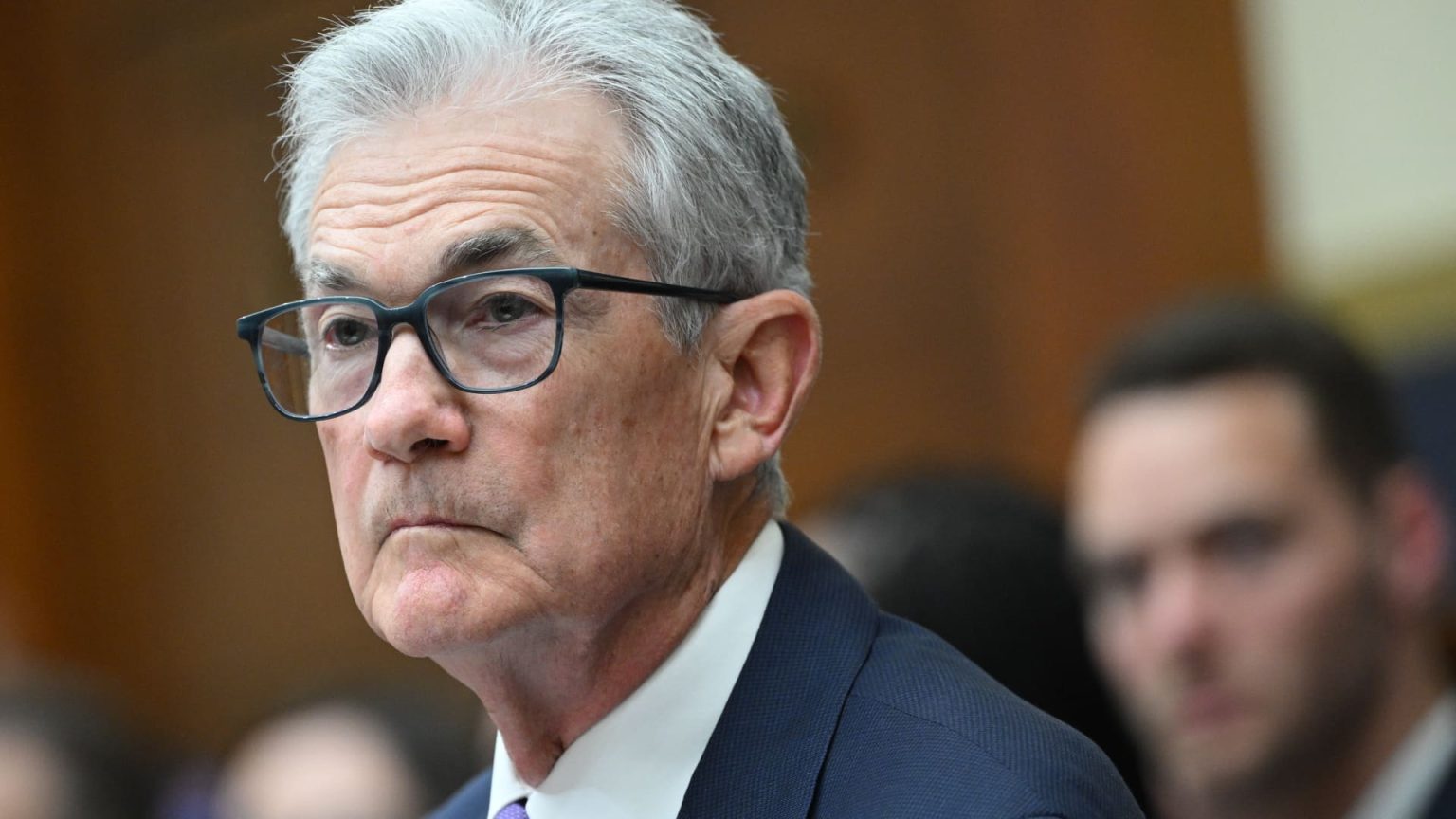As the economy continues to perform well and the stock market remains stable, there are concerns about the potential negative impact of higher interest rates on both Wall Street and Main Street. With inflation hovering around 3% and the Federal Reserve indicating that rate cuts may not be coming anytime soon, there are questions about the implications of maintaining higher rates for an extended period. The higher-for-longer stance has surprised investors but is now a reality as inflation remains stubbornly high.
Recent statements by Fed Chair Jerome Powell and other policymakers suggest that rate cuts are unlikely in the near future, with the possibility of additional hikes if inflation persists. This leaves uncertainty about when monetary policy easing will occur and what the ramifications will be for financial markets and the broader economy. As the earnings season unfolds, corporate officers will reveal the impact of interest rates on profit margins and consumer behavior, providing insight into the potential consequences of prolonged higher rates.
Historically, higher rates have been positive indicators when associated with economic growth. There is little evidence to suggest that high rates lead to recessions during robust growth periods like the present one, with GDP expected to continue expanding. However, there have been criticisms of the Fed’s past decisions to keep rates low for extended periods, leading to financial bubbles and economic instability. While monetary policy’s direct impact on the economy may be overstated, it can influence financial markets which in turn affect economic conditions.
Some economists argue for a gradual normalization of interest rates, aiming for a range of 3.75%-4%, which is in line with the Fed’s projections. Despite concerns about the impact of higher rates on consumers and the economy, there is a belief that the economy and markets can withstand a permanently higher level of rates. Public finances have significantly deteriorated in recent years, with the national debt skyrocketing and budget deficits reaching unsustainable levels. While government spending has helped support the economy, the strain of higher rates on consumers may necessitate a shift in monetary policy.
Consumer credit card delinquencies have reached their highest levels in 12 years, indicating that higher rates are beginning to affect consumers, particularly those with low incomes. While it may not be necessary to cut rates immediately, there are concerns that the burden of high interest rates on consumers could lead to a decline in spending and economic activity. The combination of fiscal stimulus and tight monetary policy presents challenges for policymakers as they navigate the delicate balance between supporting economic growth and managing inflationary pressures. Ultimately, the path forward for interest rates will require a careful assessment of the impact on both financial markets and the broader economy.













